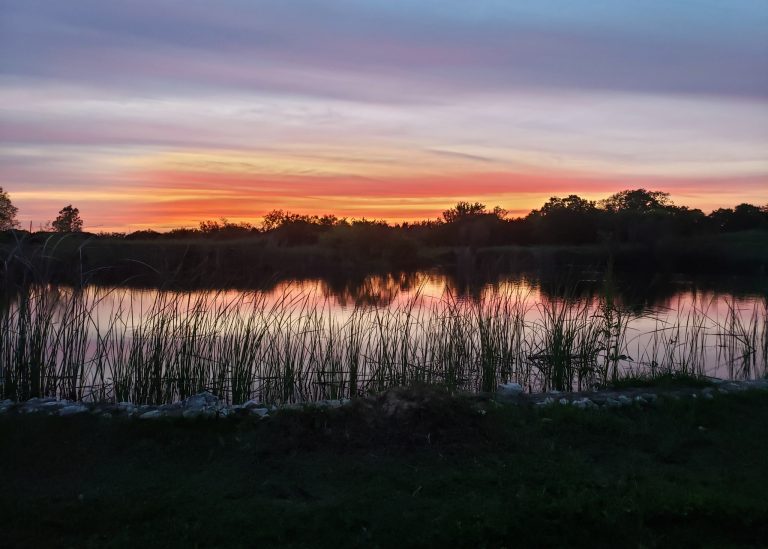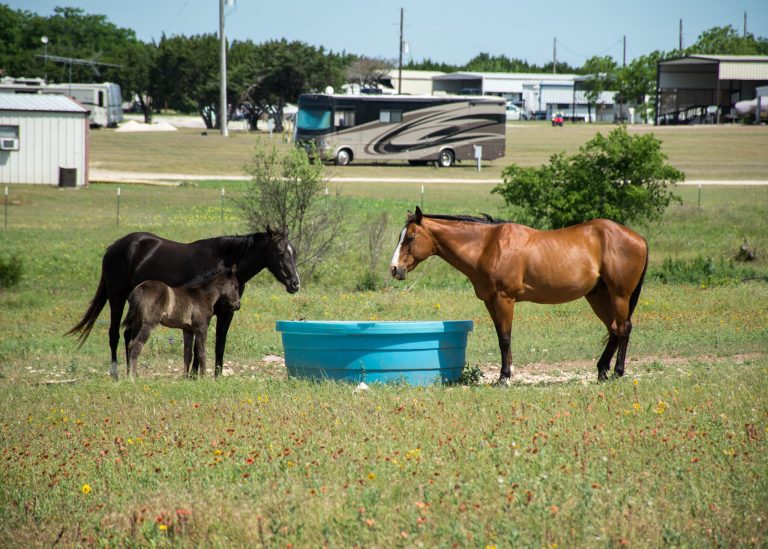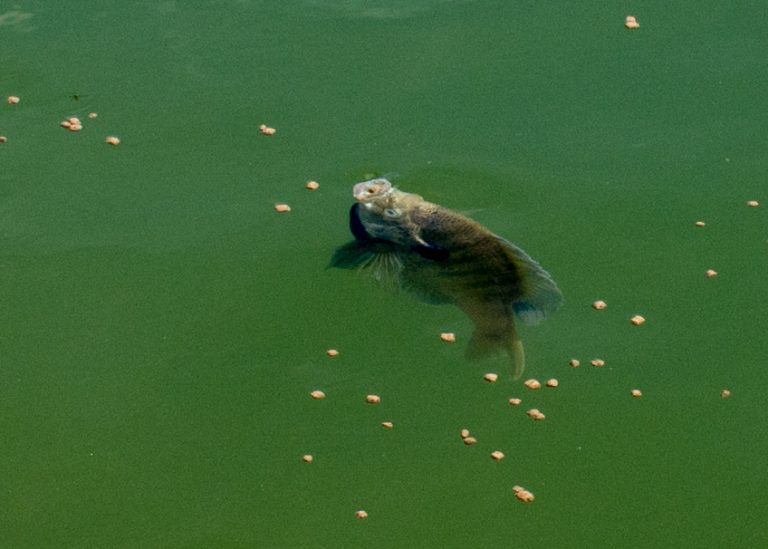About Whitney Resorts

Whitney Resorts
Whitney Resorts is an RV park and manufactured home community with over 100+ full hookups. Our customers have access to 300 acres of land to roam on our clean, quiet, and safe property. We are located 3 miles North of the City of Whitney, TX with a view of Lake Whitney.
We offer daily, weekly, and monthly affordable rates for visitors staying at the RV park. Any retirees looking to stay longer, can make Whitney Resorts their permanent residence by leasing or buying a lot or metal cover for their mobile home or RV in our mobile home community. All residents have access to all of the amenities including the pool, community center, ponds, trails, dog park, wifi, and golf cart rentals.
Whitney History
“Whitney, the first railroad town in Hill County, was established in 1876 when the Houston and Texas Central Railroad built a line through Hill County to Cleburne. On November 25, 1879, the town lots were auctioned from a wagon at a “Grand Picnic” on the site of the future depot. The land had been purchased by the railroad from I. E. Griffith, C. C. Hicks, and Lewis Raborn for fifteen dollars an acre. The sale, which served as entertainment for Hill County residents, netted $32,000 for the lots that sold for $100 to $750 each. The town was named for Charles A. Whitney, the brother-in-law of J. P. Morgan, and a principal stockholder in the H&TC.
Whitney became a boom town with merchants setting up tents to serve as temporary stores while carpenters worked night and day to complete wooden frame stores. Merchants from nearby communities, such as Towash, moved their businesses and buildings to Whitney because of the growth expected from the railroad. The postmasters of Towash and Hamilton Springs, two nearby communities, moved their post offices to Whitney. Several months later John Napier was appointed the first official postmaster, and Whitney officially had a post office in 1880.
In 1880 Whitney was incorporated, and the first bank opened. Soon a central business district was in operation. The new town included a post office, bank, school, several churches, civic organizations, a newspaper, and many other businesses. The opera house was the cultural center for entertainment, offering theatrical and musical productions and, later, movies. Several devastating fires burned much of the downtown area over the years, but the citizens rebuilt each time. By 1883 the population was estimated at 1,200.
School was held in a store and then in the Presbyterian church before enough money was raised through donations to build a schoolhouse in 1884. In 1885 Whitney was incorporated as a school district and levied a school tax. That same year a black school was built. By then the town had a newspaper named the Whitney Messenger, the Boesch Lumber Company, and four churches, Methodist Episcopal, Cumberland Presbyterian, First Baptist, and Church of Christ.
In 1890 the population was 400, and businesses included two gristmills and cotton gins, grocery stores, millinery shops, saloons, and shoemakers. The railroad shipped cotton, grain, livestock, and wool. Because of the declining population the citizens of Whitney decided to promote their town with a picnic in 1891. The community barbecued 3,500 pounds of meat, and special excursion trains ran from as far as Brenham to bring people to Whitney. There were political speakers, tournaments, races, and dancing. The picnic was a success. Six thousand people attended, and by 1895 the population was once again over 1,000.
In 1907 an ice plant, the Whitney Ice and Bottling Works, opened in Whitney. A second was added in 1928. In 1946 the Blue Chip Ice Company, a thirty-ton ice plant, was built to supply ice for the building of the dam. In the summer ice was put in the cement mix.
The Whitney Dam and Reservoir Project was authorized in 1944. The reservoir project began in 1946, and Highway 22, relocated over the dam, was opened in 1951. The power plant was in operation by 1953. The building of the dam caused the town’s population to expand in the late 1940s and early 1950s and brought increased tourism from those visiting the newly created Lake Whitney. The last train passed through Whitney in 1967, and the town began to change in the 1970s. By 1972 it had a population of 1,500, a hospital, a city hall, a fire station, a post office, a school, a bank, two nursing homes, and some federal housing.
The town of Whitney observed its 100th birthday on November 25, 1979. A centennial celebration included a parade, musical entertainment, and fireworks. The 2000 census showed a population of 1,833, and the community continues to thrive as a tourist destination for outdoor activities, primarily centered around the lake. A Texas Historical marker at 109-111 West Washington St, in downtown Whitney, commemorates the founding of Whitney.”
– Lake Whitney Chamber of Commerce Website


